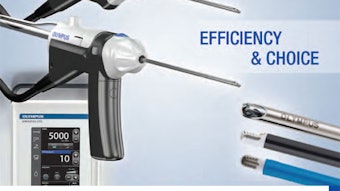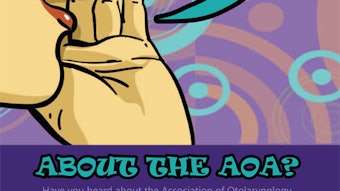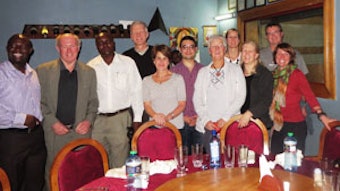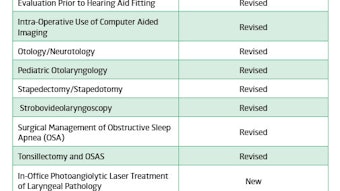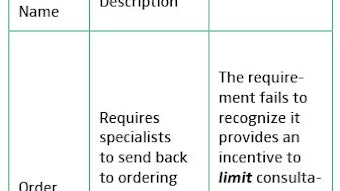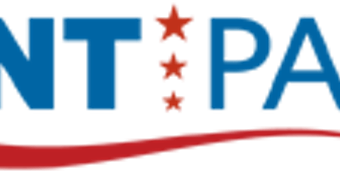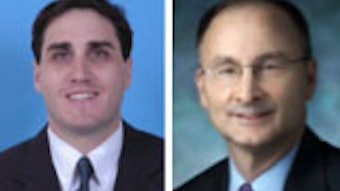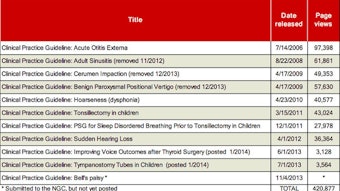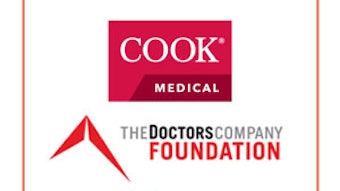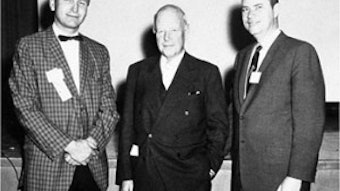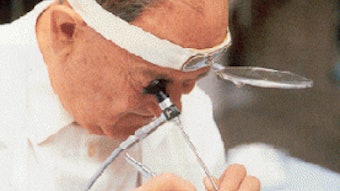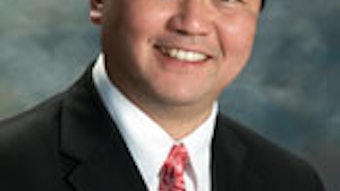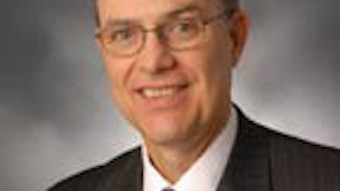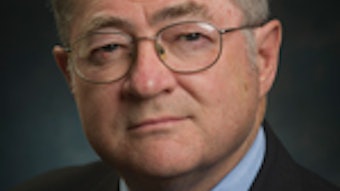A Cleft Repair Mission in Kijabe, Kenya – EXTENDED ONLINE VERSION
Jason A. Showmaker, MD Last October I traveled with World Medical Mission to Kenya to perform cleft lip and palate repairs at AIC-CURE International Children’s Hospital in Kijabe, Kenya. Situated on a mountainside rimming the Great Rift Valley and 31 kilometers west of Nairobi, this geographically isolated hospital is a busy hub of craniofacial cleft repair. Teams travel there three times each year to allow for patient follow up and to provide much needed repairs for poor families and their affected children. Dr. Chang has been travelling there annually since 2005 and this year I was allowed to join him and two other otolaryngologists, Jeffrey Neal, MD, and Cameron Kirchner, MD, to learn the challenging but rewarding art of repairing clefts. I have been interested in humanitarian medicine for many years but this was my first opportunity to travel as a physician and provide much needed care. We operated out of CUREHospital which was staffed mostly by Kenyan nationals and a handful of missionary physicians from around the world. The hospital and operating rooms ran efficiently and required very little “pushing” on our end. The hospital had been broadcasting daily radio announcements of our arrival and the day we arrived our clinic was packed with parents and their children. Within an hour of arriving, we were already operating on patients who had arrived the night before, gotten lab work, and had been NPO in anticipation. We ran two operating rooms five days a week that out of necessity functioned with very little waste. The anesthesia machines were old but functioning and the cleft trays were well-used but complete. There was routine re-sterilization of non-reusable products such as electrocautery tips which had long since lost their Teflon coating. Endotracheal tubes and suction tubing were stained yellow from multiple sterilizations with betadine and frequently the suction tubing would collapse because the tubing walls were weakened by frequent use. If a suture was opened but not used it was placed in a sterile container in the corner of the room for use in a subsequent case. Surgical sponges were made of washable material which was sterilized along with the drapes. We brought our own IV antibiotics, oral amoxicillin and donated suture. Any suture approaching its expiration date was donated to the hospital. The hospital staff was glad to have us there and really made the experience enjoyable for us. There were two anesthesiologists, well-trained scrub techs, and compassionate nurses who were all Kenyans with years of experience working together at the hospital. In the wards, a single large room with 20-plus beds, daily praise and worship led by the hospital staff filled the halls with beautiful music as we drank tea between cases. As welcoming as the hospital staff was, I was struck by how little emotion the parents showed after their children had their operations. At times it seemed to border on apathy and it really made me and the rest of our team wonder why they weren’t more excited. I came on this trip to serve and learn. I really wasn’t seeking their gratitude but when there was such little outward evidence of their appreciation I have to say I was surprised. In speaking with the hospital staff we learned that in Kenya a sign of true strength is to be unwavering in one’s emotion. To scream, shout, clap, and dance is entirely out of character and actually laughable to them. Instead the mothers accepted their children back into their arms with solemn gratitude, their most honorable display of strength. The Kenyans showed their strength, and all the while I was getting mine back. The hours were long but my energy and desire to serve increased throughout the trip. Five months later I still reflect on this trip and find renewal. I am a better resident and better physician today because of this trip. I want to sincerely thank the AAO-HNSF Humanitarian Efforts Committee for its grant that made this trip possible. These two weeks were a gift given to me that I will never forget.
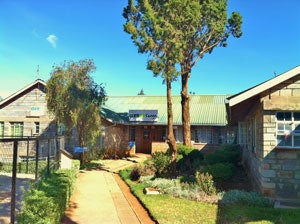 Photograph taken of the CURE hospital with a small clinic, four operating rooms, 20+ bed capacity wards.
Photograph taken of the CURE hospital with a small clinic, four operating rooms, 20+ bed capacity wards.Jason A. Showmaker, MD
Last October I traveled with World Medical Mission to Kenya to perform cleft lip and palate repairs at AIC-CURE International Children’s Hospital in Kijabe, Kenya. Situated on a mountainside rimming the Great Rift Valley and 31 kilometers west of Nairobi, this geographically isolated hospital is a busy hub of craniofacial cleft repair. Teams travel there three times each year to allow for patient follow up and to provide much needed repairs for poor families and their affected children. Dr. Chang has been travelling there annually since 2005 and this year I was allowed to join him and two other otolaryngologists, Jeffrey Neal, MD, and Cameron Kirchner, MD, to learn the challenging but rewarding art of repairing clefts. I have been interested in humanitarian medicine for many years but this was my first opportunity to travel as a physician and provide much needed care.
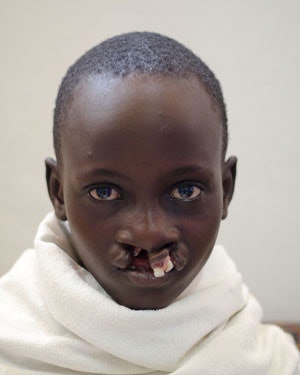 Photograph of a teenage girl psychologically and socially burdened with disfiguring bilateral cleft lip.
Photograph of a teenage girl psychologically and socially burdened with disfiguring bilateral cleft lip.We operated out of CUREHospital which was staffed mostly by Kenyan nationals and a handful of missionary physicians from around the world. The hospital and operating rooms ran efficiently and required very little “pushing” on our end. The hospital had been broadcasting daily radio announcements of our arrival and the day we arrived our clinic was packed with parents and their children. Within an hour of arriving, we were already operating on patients who had arrived the night before, gotten lab work, and had been NPO in anticipation. We ran two operating rooms five days a week that out of necessity functioned with very little waste. The anesthesia machines were old but functioning and the cleft trays were well-used but complete. There was routine re-sterilization of non-reusable products such as electrocautery tips which had long since lost their Teflon coating. Endotracheal tubes and suction tubing were stained yellow from multiple sterilizations with betadine and frequently the suction tubing would collapse because the tubing walls were weakened by frequent use. If a suture was opened but not used it was placed in a sterile container in the corner of the room for use in a subsequent case. Surgical sponges were made of washable material which was sterilized along with the drapes. We brought our own IV antibiotics, oral amoxicillin and donated suture. Any suture approaching its expiration date was donated to the hospital.
The hospital staff was glad to have us there and really made the experience enjoyable for us.
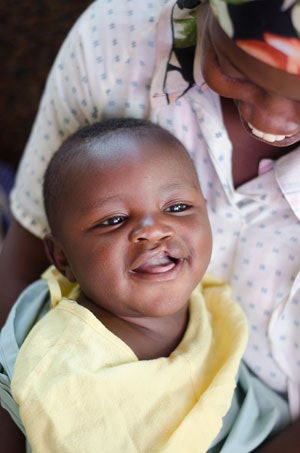 Photograph of a mother and her infant son who has an incomplete cleft lip.
Photograph of a mother and her infant son who has an incomplete cleft lip.There were two anesthesiologists, well-trained scrub techs, and compassionate nurses who were all Kenyans with years of experience working together at the hospital. In the wards, a single large room with 20-plus beds, daily praise and worship led by the hospital staff filled the halls with beautiful music as we drank tea between cases.
As welcoming as the hospital staff was, I was struck by how little emotion the parents showed after their children had their operations. At times it seemed to border on apathy and it really made me and the rest of our team wonder why they weren’t more excited. I came on this trip to serve and learn. I really wasn’t seeking their gratitude but when there was such little outward evidence of their appreciation I have to say I was surprised. In speaking with the hospital staff we learned that in Kenya a sign of true strength is to be unwavering in one’s emotion. To scream, shout, clap, and dance is entirely out of character and actually laughable to them. Instead the mothers accepted their children back into their arms with solemn gratitude, their most honorable display of strength.
The Kenyans showed their strength, and all the while I was getting mine back. The hours were long but my energy and desire to serve increased throughout the trip. Five months later I still reflect on this trip and find renewal. I am a better resident and better physician today because of this trip. I want to sincerely thank the AAO-HNSF Humanitarian Efforts Committee for its grant that made this trip possible. These two weeks were a gift given to me that I will never forget.
